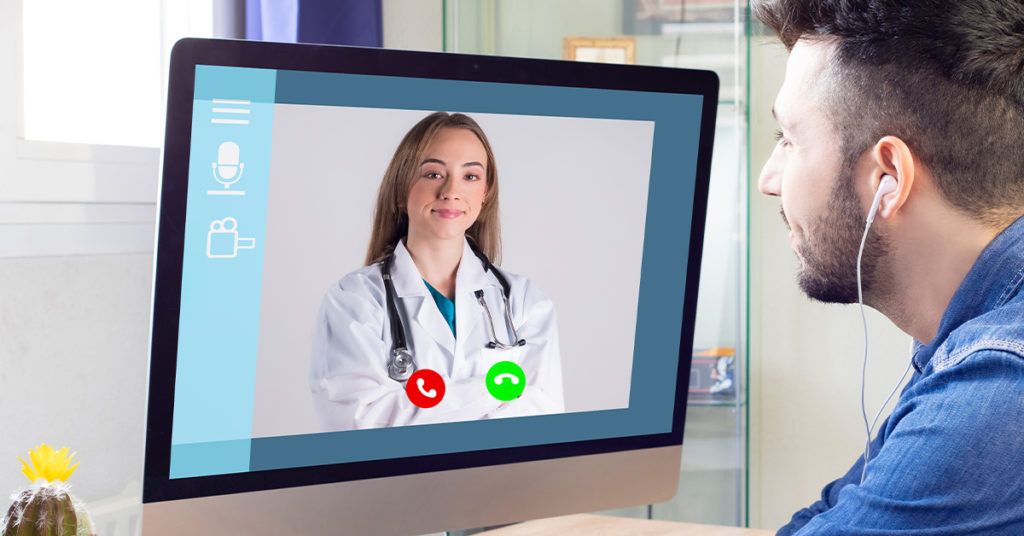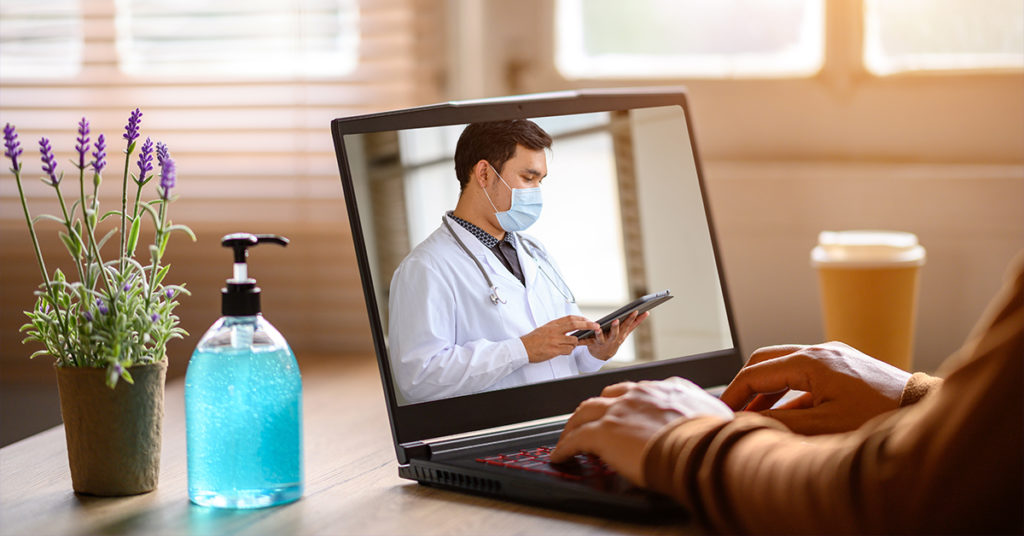HCP Office & Patient Safety is the new Marketing Differentiator – Pharma needs to Follow

May 27, 2020 | Kimberly Brue
My coworker told a story about taking his young child to the pediatrician recently, in this new COVID world, and the office processes had completely changed.
They installed new doors that opened by waving a hand in front of a sensor and even had people wait in their cars until it was their time in the office (they were notified via text message). These are just two examples of our “brave new world” – and although Huxley’s triggers were slightly different, our world will never be the same.
The examples above focus on the paradigm of the physician to patient interaction. This interface is the largest body of constituents in the life science industry, and the final culmination of the annual $340 billion-dollar prescription drug battleground. Historically, the patient has been on the receiving end of this tidal force with little authority to drive change.
However, things are changing recently, and coronavirus has added fuel to skyrocket the patient to the top of the pyramid of power regarding the dynamics of healthcare services.
So, what is changing within the HCP dynamic? It seems like personal interactions are being forced into electronic format to reduce risk – telemedicine, no-contact offices, queues waiting in cars – even capital expenditures for new doors and traffic flows. Many offices are reacting quickly to ensure the safety of patients and staff.
And in our “new normal”, HCPs and pharma companies who don’t institute disruptive long-term measures will go the way of Blockbuster video. Don’t remember them? Neither do we.

Physician offices who prioritize the safety of everyone will prevail. Read that sentence again. This focus will be the new form of market differentiation – based on “safety” above all else. And it seems that the safety of the patient, office workers, and the public will be driving this momentum – using the voice of the “all mighty dollar” to patronize offices that keep their families safe.
Think about it – would you want to take your toddler to a pediatrician that utilizes pre-COVID practices? What does that say about their priorities or their mindset?
Whether there’s a present crisis or not, our post-quarantine mindset has permanently changed to prioritize our personal safety. That pediatrician that exuded safety and installed new doors will prevail. And how does this story affect the pharmaceutical industry?
These safety upgrades trigger the butterfly effect as physician offices have changed globally – especially regarding visitors. No longer openly wanted, and with labels such as “non-essential” now permanently part of our business vernacular, visitors and non-critical interactions have been sidelined to be absorbed by electronic modalities.
Pharma rep visits (once touted as the indispensable conduit between pharma and physicians) have taken a back seat. This slippery slope began before the COVID crisis, as HCP conglomerates established stricter visitation rules and some state legislation increased stringencies around rep discussions. Physicians have even vocalized their desire for things to change.

Not to forget that the Sunshine Act threw a wrench into the old practice of lavish dinners and gifts. Now enter a pandemic and the in-person power of the sales rep is permanently scarred. Physicians have spoken and COVID is holding the bullhorn. Yet, this can be managed, even powered, if pharma acquiesces fast.
This is where Pharma companies must differentiate to ensure survival, bowing to initiatives around HCP office safety, and visit reduction. Pharma companies who embrace the new digitized safety model will prevail – lockstep in harmony with healthcare systems that swiftly pivot to permanently prioritize patient safety as the new standard of business. Yes, patients and physicians are now in control, and its pharma’s job to follow the physicians – not lead.
Pharmaceutical success in our “new normal” will be defined by companies who embrace the power of the physician, allowing the physician to drive the interactions. Humility by default, in a new pharma-physician dynamic where the doctor has the reigning power, giving the physician more time with the patient and fewer mundane minutes with pharma reps – automating as much pharma workflow as possible into a digital undercurrent.
This resulting modality provides physicians with automations for their basic needs and raises the pharma-physician interactions to a distinguished level of medical discussion, becoming a win-win relationship for everyone involved while obliterating futuristic models of an Orwellian world. Times are changing, and safety differentiation and digital alignment is the key for the pharmaceutical industry.
Will your company differentiate to sell the next blockbuster? Or will it be the next Blockbuster?

P360 is a company that specializes in business technology development and implementation for pharmaceutical and life sciences companies worldwide. P360 has launched Swittons which is a remote physician engagement device that bridges the communication gap between pharma sales reps and physicians.
Independent surveys of physicians in 2019 and 2020 indicate a strong preference for the pharma – physician relationship to change, and the preference of e-communication to increase efficiencies. You can view the survey HERE.
If you’re interested in learning more about how Swittons can connect your pharma sales reps with physicians remotely, chat with us today by clicking below.